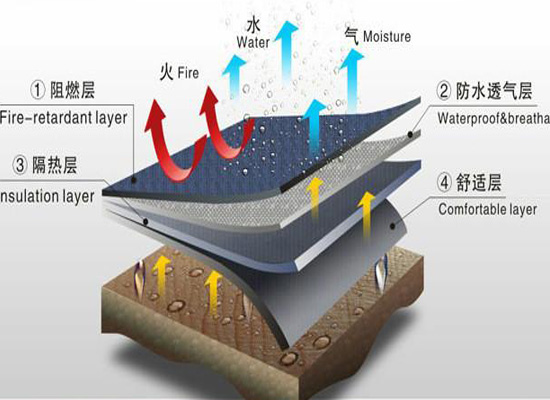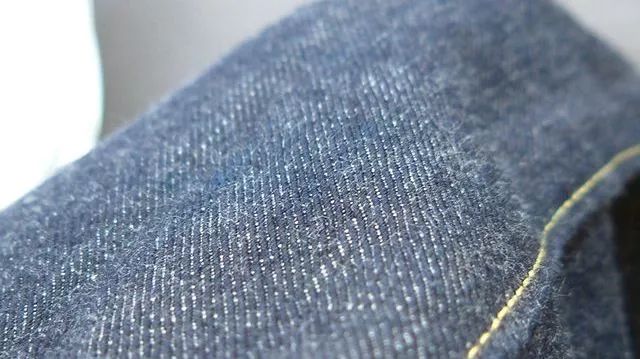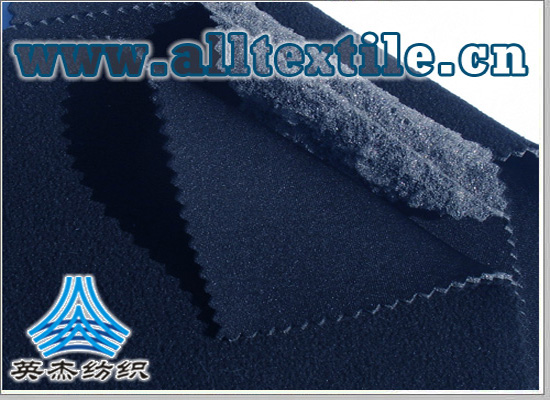PU new lightweight high-performance hybrid sandwichComposite material process
Single-step production of high-performance sandwich composite materials
The company is developing a process for producing lightweight, high-performance hybrid sandwich composites. He is working on the research and development of this process in cooperation with scientists from the ILK Institute of Light Engineering and Polymer Technology at the University of Applied Sciences Dresden, Germany. In addition, the project is directed by Professor Maik Gude from the same institute. It mainly studies sandwich structures with complex geometries that are currently produced under very harsh production conditions. Funding for the project is provided by the Federal Ministry of Economics and Energy, with the aim of completing the new process in a short time. development to ensure efficient manufacturing processes and prepare for mass production.

Simple process control increases productivity
New processing technology is inspired by the expansion reaction of foamed polyurethane (PU) in closed molds , the reactive PU mixture after the expansion reaction becomes a permeable semi-finished textile. In this way, the mold is filled close to the contour. The production of the foam core and the final impregnation of the sandwich covering take place at the same stage. In addition, this new processing technology can integrate unlaminated honeycomb paper structures in addition to pure foam core.
With polymer core and semi-finished textile (left, center) and integrated non-laminated paper produced in a polyurethane spray process Comparison of the structure of a high-performance sandwich composite with a covering layer of honeycomb (center) and a covering layer with cut-size long fibers (right). (©TUD / ILK)

Up to now, especially for structural materials with complex shapes, the core can only be manufactured in separate steps. Layers are then added through bonding to meet the structural needs of the material. Now the new process method has greatly changed this situation, and there is no doubt that it has advantages, because it can manufacture the fiber-reinforced covering layer and foam core of the sandwich structure in the same mold.
Based on the corresponding foam system, the new process production can be completed within a few minutes. If thermoplastic films are integrated together during the process, components with excellent surface quality are obtained, which is why there is no need to varnish this part in subsequent steps. Inserts can also be insert-molded from foam using this process, allowing direct integration of sub-components without any complex machining steps.

Integrating textile reinforcement structures and thermoplastic films
Scientific work carried out within the framework of the Shape project, led by engineer Oliver Weißenborn , is about a continuous production process established on the basis of polyurethane spraying and RIM reaction injection molding processes. Teams of scientists are developing integrated textile-reinforced structures and thermoplastic films, as well as load-introducing elements suitable for a variety of materials.
The scientists plan to continue investigating the performance envelope of the sandwich composite through comprehensive mechanical testing. The number of covering layers, foam density and layer thickness are defined according to the corresponding loads to obtain customized structures necessary for complex geometries.






